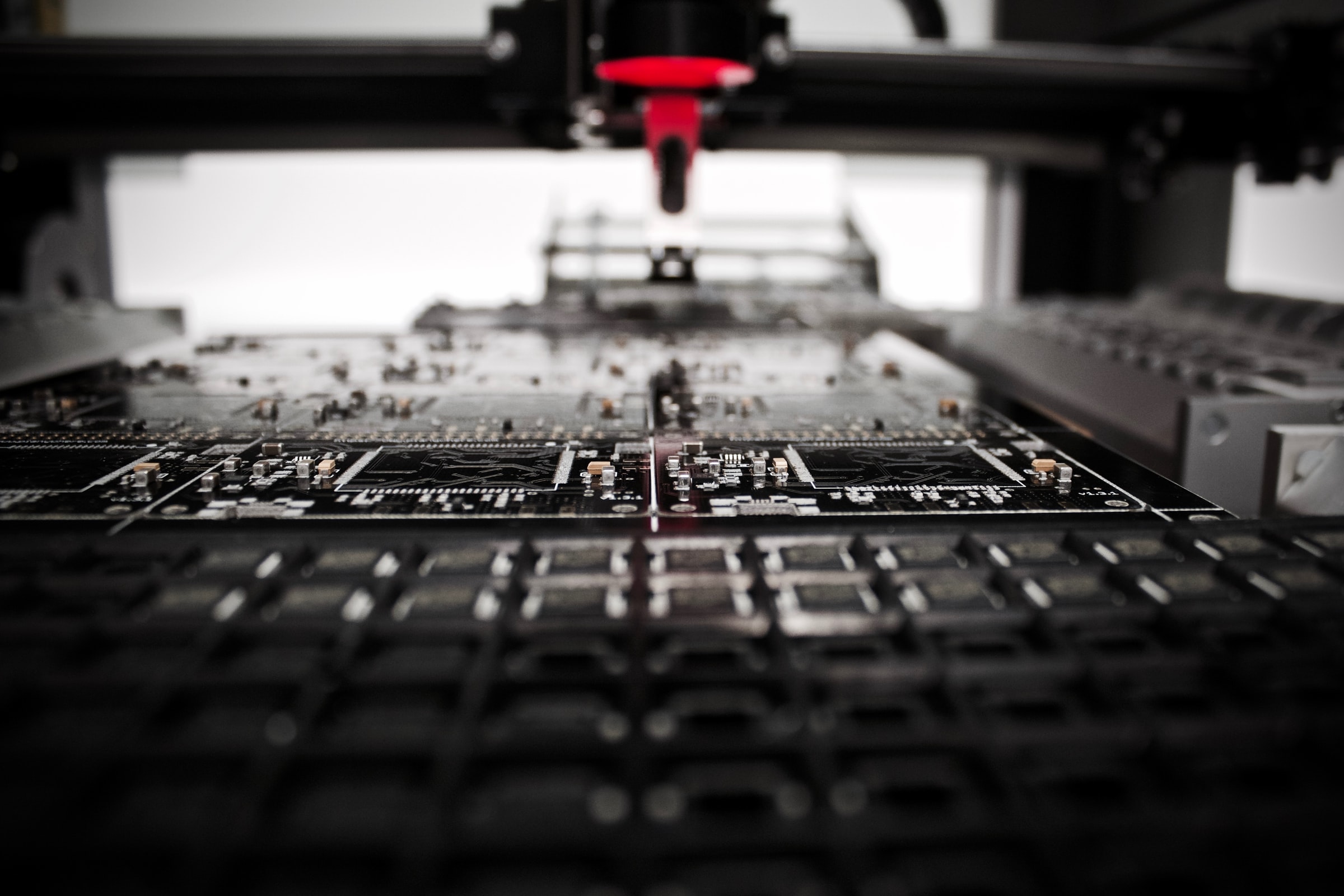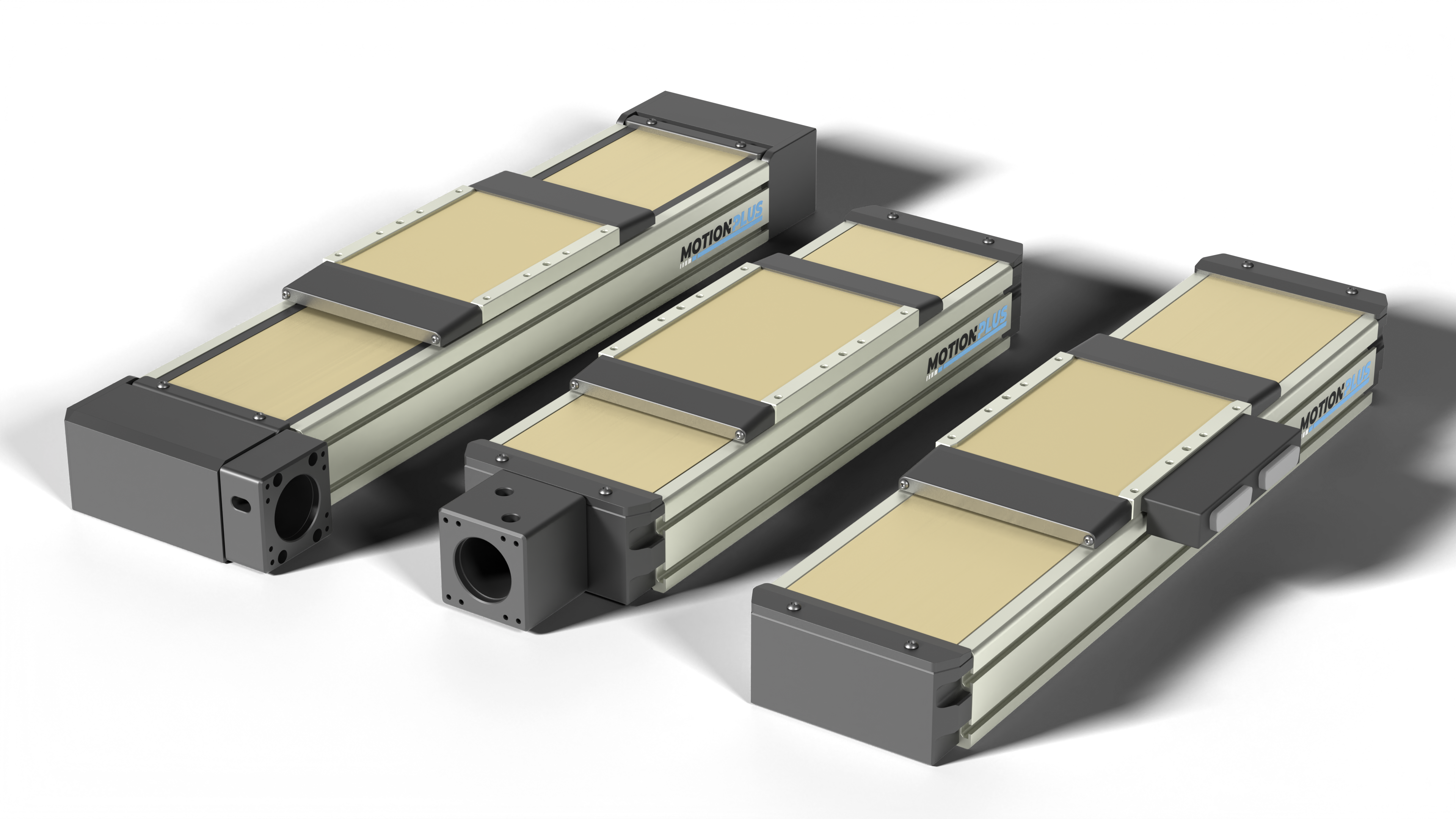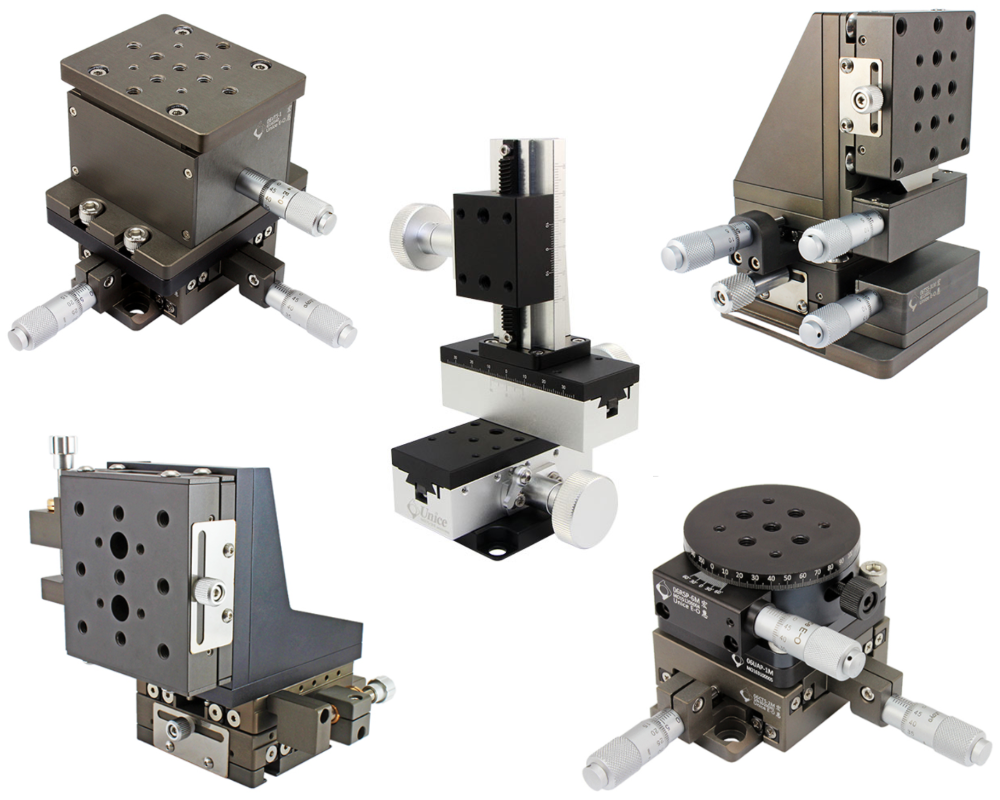Optimizing your motion system to yield the best results can be tricky. However, there are a few tricks you can do which will help mitigate some of the challenges.
1. Maximize System Stiffness
Ensuring your system meets aggressive performance requirements begins with the system stiffness. It will be almost impossible to maximize system throughput if the system is not stiff. Systems that lack stiffness can be susceptible to vibration which will decrease overall performance. To maximize system stiffness, you will need to ensure your system has a very high resonant frequency (more on frequency response here). This can be done with additional mass into the non-moving base of the system as we as designing cross members to stiffen the system in the direction of motion.
Stiffness is also impacted by the tuning parameters and controls of the system. With a very loosely tuned system, speed will be sacrificed and therefore throughput will suffer. To ensure you have maximized system stiffness, make sure you are taking advantage of advanced tuning methods. In very aggressive move profiles, it may also make sense to use Harmonic Cancellation, Enhanced Tracking Control, or Iterative Learning Control to help optimize your tuning beyond bode plot analysis.
2. Optimize System Repeatability
Don’t overpay for what your application requires. Often engineers can confuse repeatability and accuracy. If you truly need raw accuracy, your system will cost significantly more than a similar system with the same specification for repeatability. Repeatability ensures your system can perform over and over again to the same position, whereas accuracy ensures it performs to the exact correct position. If the actual position is slightly misaligned (repeatedly) with your target position, controllers can easily account for the misalignment based on the target versus actual position using maps and equations. The result is a system that is optimized with a faster response time and higher throughput. Factors like ball screw grade, bearing preload, bearing design, surface flatness, and more will also all impact your repeatability.
Another thing to take into account is the number of axis in your system. Calculating 3D system repeatability is complex and is not as simple as adding up each individual axis value. It will be important to know the point of interest appropriately for the repeatability value at hand.
For more on accuracy versus repeatability – check out this video.
3. Mitigate for Thermal Expansion
As the system operates, it heats up. Friction in the screw, power in the linear motor, and all the motion in motion will generate heat. In a high-frequency system, this heat can be substantial and ultimately impact the overall system performance.
As the system heats up, the various moving components expand. Because many of the system components are made of different materials, these components will expand at different rates. As this thermal expansion occurs, the system will begin to degrade in performance accuracy, repeatability, and eventually even throughput. To mitigate this risk, you will want to use similar materials wherever possible – this will ensure equal thermal growth rates. Alternatively, it’s possible to oversize the system so that the heat generation is negligible relative to the system itself. Other options include processes to remove heat from the system such as air cooling with a fan, liquid cooling solutions or chillers, or duty cycle pauses to eliminate heat generation.
4. Choose the appropriate controls plan
You may be able to design an adequately stiff, repeatable, and thermally stable system, but you will inevitably fail to get your system to move the way you want if you aren’t using the correct controls. If you have a feedback control process that you are adjusting the PID loop, a very popular algorithm, you will be able to move the system to a point and the system will automatically adjust itself until it actually reaches this point.
Learning to tune through the PID loop is challenging and very time-consuming as every change impacts the other variables. Unless you have a Ph.D. in Control Design, you may want to opt for a more user-friendly push-button process. A finely tuned system will give you the ultimate system performance.
Aerotech’s control tools will make tuning much easier with an Autotune feature – just press a button and the system determines the correct gains for your setup. Or optimize the tuning parameters even more with a bode plot, a phase and a gain plot which allows you to use simple up and down buttons for more phase and gain margin (more stability in the system and more ability to reject disturbances), or automatically fit filters wherever you want.
Additional Aerotech controls features include Harmonic Cancellation, Command Shaping, Enhanced Tracking Control, and Iterative Learning Control – these advanced controls options will ensure your system performs to the maximum capability and highest throughput.
5. Partner with experts & Learn from the past
Lastly and most importantly – reach out to others, use your resources, and listen to the advice of those that have been there before. There are numerous applications with the same challenges you face. Because of this, many have gone before you and overcome the same hurdles. This advice is probably some of the best I can give you. Because others have blazed a trail already, they may also know pitfalls you have yet to consider. Learning from those that have already completed their journey will greatly reduce your time to success. Some tools which may help you reach your goal quicker include:
- The Aerotech Educational Library – Aerotech.com
- The Motion Plus online forum/community – Community.Motionplusmore.com
- The beginners’ guide to motion control – Motion Control & Motors Association
If you have any questions or would like to learn more, feel free to chat with us now or reach out via email, we’re happy to help you achieve your goals along your automation journey.



